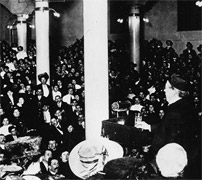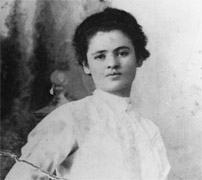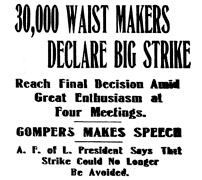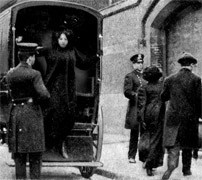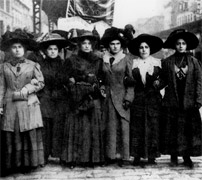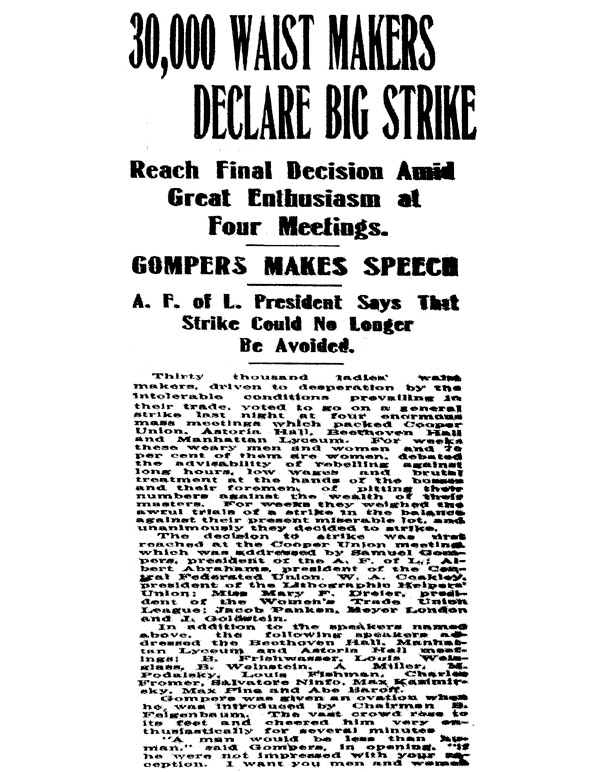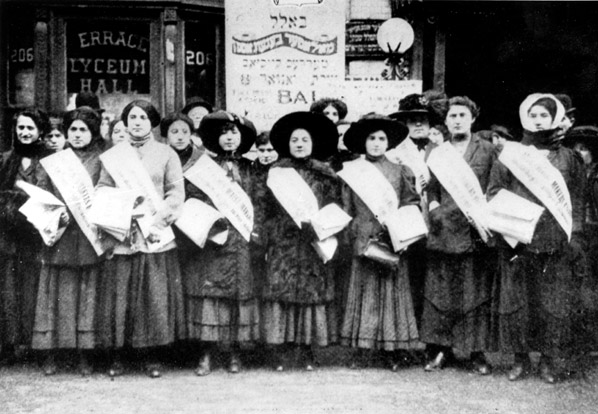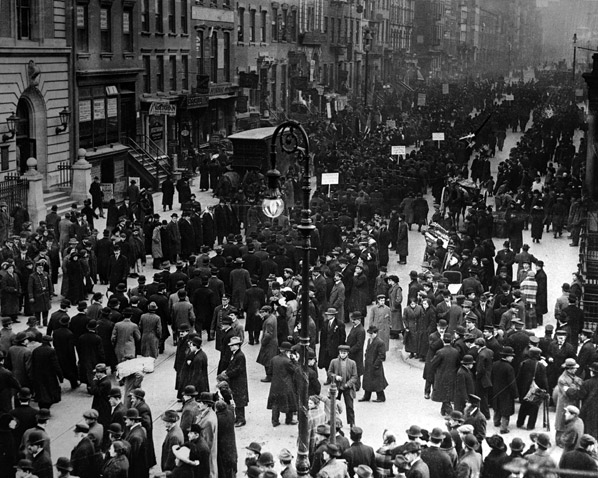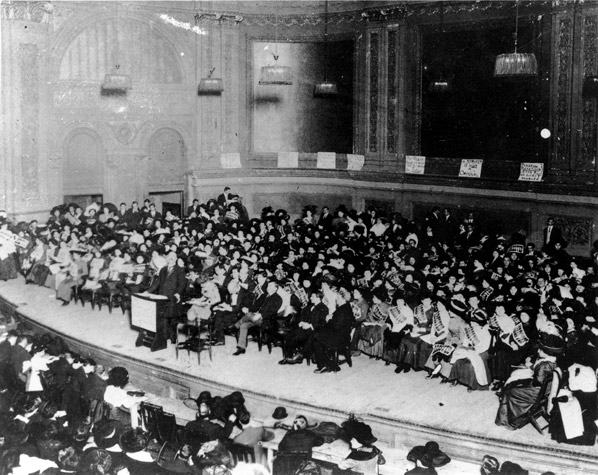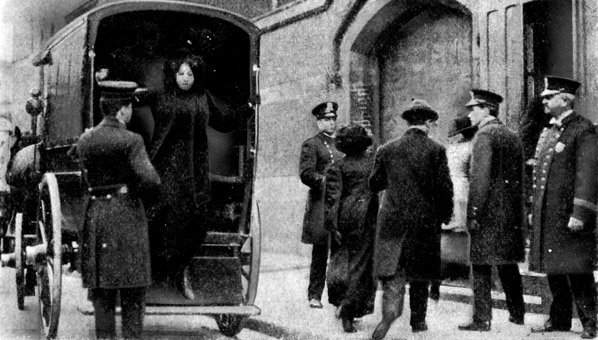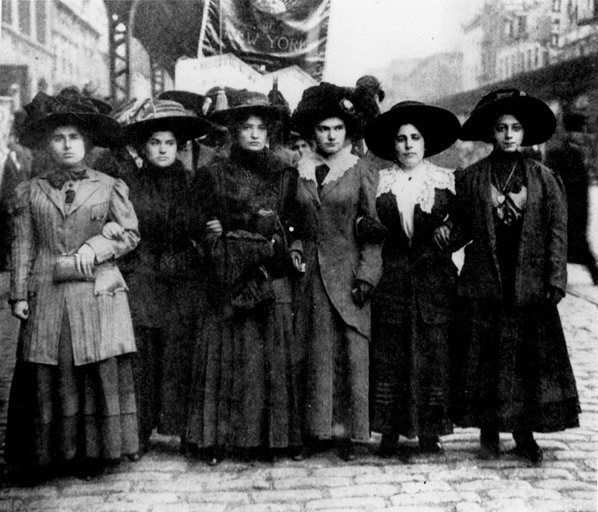
In November 1909, 20,000 shirtwaist workers, most of them young immigrant women, went out on strike, demanding shorter hours, better pay, and improved working conditions. They also objected to the common practice of locking the doors of the work floors from the outside as a security measure and as a way to control the workforce. The strikers, members of Local 25 of the International Ladies Garment Workers Union, faced fierce opposition from employers. Picketing led to mass arrests and police brutality. However, the strikers gained the support from the Women's Trade Union League. The WTUL provided them with legal, financial, and public relations assistance. By February 1910 most employers had signed union contracts. The Triangle Company and some of the other larger firms resisted.
CLICK ANY IMAGE TO ENLARGE WITH CAPTION
